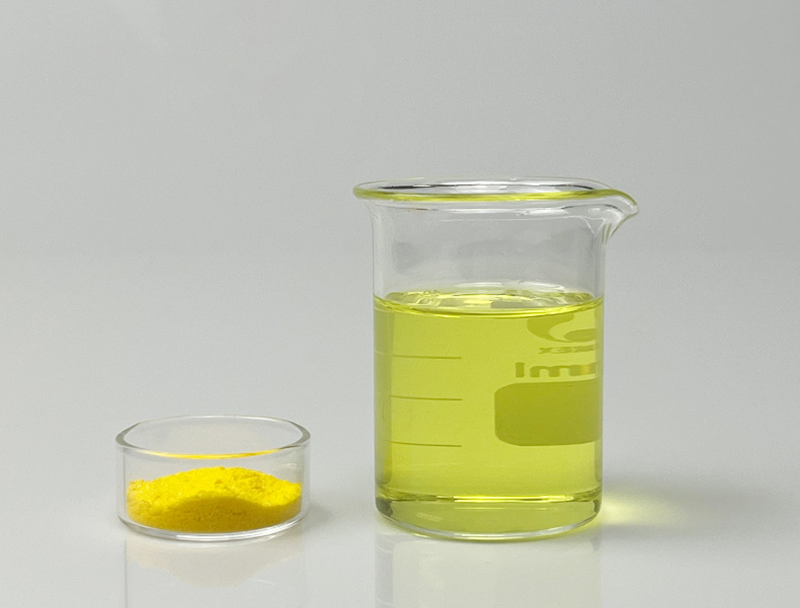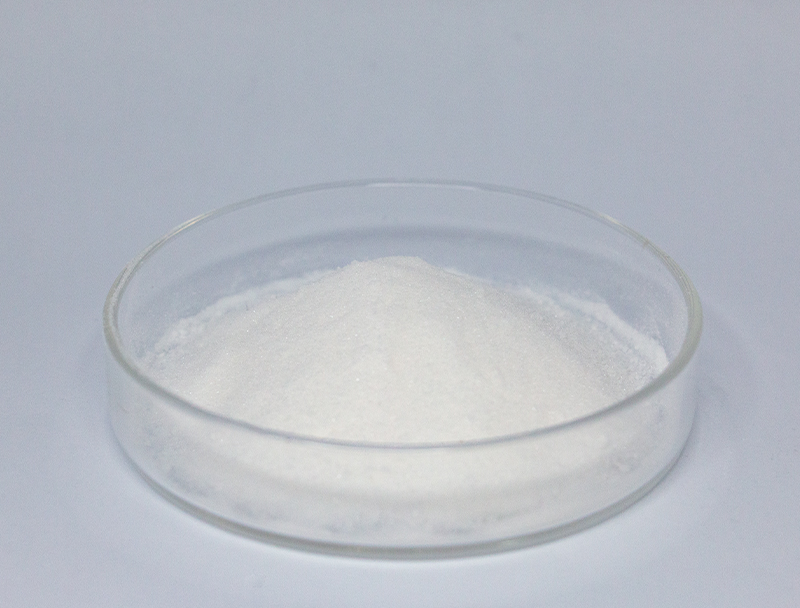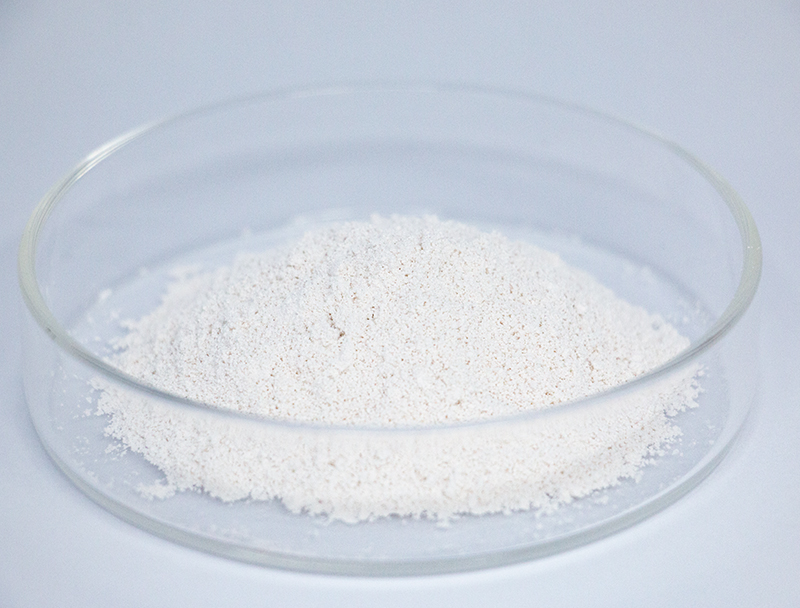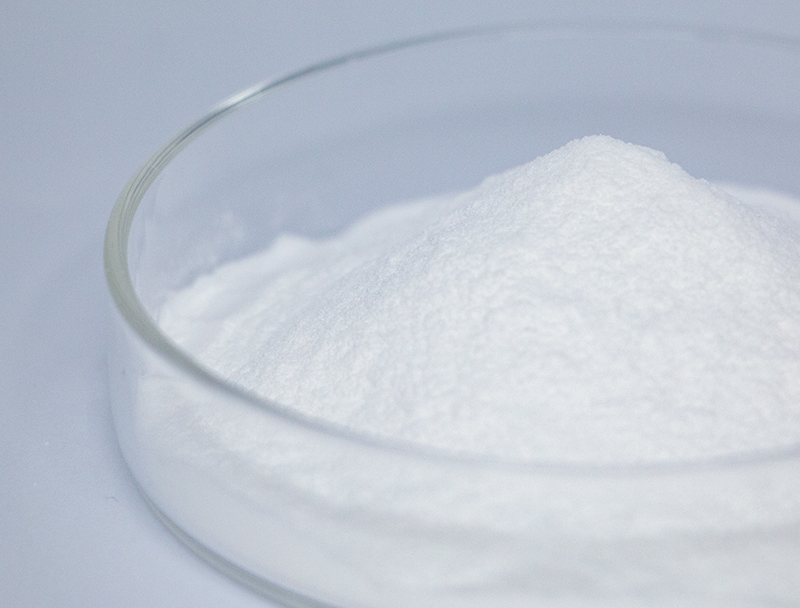
Large-scale bioproduction hinges upon a plentiful suite of substrates to supply inventive bioproducts.
Securing environmentally mindful sourcing forms the foundation of durable, responsible industrial growth.
many concerns related to standard raw input procurement like ecosystem disruption and unsustainable harvesting. Thus, organizations must explore circular sourcing options to lessen environmental harm.
- Representations of ethical supply approaches are:
- Leveraging biomass from food-processing residues
- Installing reclamation workflows to diminish waste and heighten recovery
- Partnering with local suppliers committed to ethical sourcing practices
Moving toward responsible sourcing creates ecological improvements and economic resilience.
Enhancing Biomass Composition for Superior Biofuel Results
Raising biofuel yields involves refining feedstock structure and content. Scientists are constantly exploring novel strategies to optimize these feedstocks, leading to higher yields of biofuels and a more sustainable energy future. Tactics include molecular breeding to increase biomass and chemical or physical pretreatments to release sugars.
- Also, studies emphasize discovering resources such as seaweed, organic waste, and residual straw to diversify sustainable feedstock supplies for fuels.
- With persistent development the field will likely demonstrate notable gains that foster a more sustainable energy system.

Upstream Process Improvements for Modern Biopharma Production
spans early manufacturing steps including propagation and cell separation Modern progress within the sector has contributed to more efficient processes and higher production.
Salient improvements involve specialized expression hosts, fine-tuned media strategies, and next-gen bioreactor concepts. These advances improve throughput while lowering both operational expenses and ecological footprints.
- Also, evolving practices favor continuous flow processing which supports more agile upstream control.
- Embracing sophisticated manufacturing strategies is poised to change industry norms and shorten development cycles.

Molecular Editing Strategies to Increase Bioproduct Output
innovations in genome-editing toolsets have enhanced biopharmaceutical manufacturing. By implementing targeted gene changes, investigators boost production titers of important biologics. The strategy paves the way toward accessible, high-yield therapeutics across disease spectra.
Harnessing Microbial Biotechnology for Sustainable Bioremediation
cutting-edge microbial approaches that remediate contamination sustainably. Specialized microbes can enzymatically degrade pollutants to reduced-toxicity products.. By harnessing this natural potential, we can develop environmentally friendly strategies for cleaning up contaminated sites and mitigating the negative impacts of industrial activities.. Research teams analyze microbial diversity to find candidates that metabolize heavy metals, break down pesticides, and treat oil-contaminated matrices.. Microbial strains work in bioreactor settings or on-site applications to convert pollutants through biological pathways..
Biological remediation using microbes yields meaningful benefits compared to conventional strategies. Microbial remediation can cut expenses and limit harmful secondary emissions. Moreover, microbes can be tailored to address specific pollutants with minimal impact on non-target organisms. The field of microbial biotechnology continues to advance rapidly, with ongoing research focused on improving the efficiency and effectiveness of bioremediation strategies.
Bioinformatics' Impact on Drug Design
Data-driven bioinformatics is critical for modern pharmaceutical innovation. From identifying potential drug candidates to optimizing their efficacy and safety, bioinformatics enables a more efficient and data-driven approach.
- Using extensive genomic, proteomic, and patient data, analysts discover targets and anticipate therapeutic performance.
- Likewise, computational docking and dynamics help design molecules with improved target engagement and potency.
- In the end, informatics-driven methods streamline development and accelerate delivery of therapeutic solutions to patients.
Pathway Engineering for Greater Bioproduct Yields
deploys several tactics to elevate cellular production of valuable biochemicals. Programs use genetic redesign of metabolic networks, dynamic regulation of expression, and addition of heterologous genes to unlock new capabilities. By calibrating pathway dynamics and expression levels teams can greatly amplify bioproduct yields.
This comprehensive strategy could transform numerous sectors such as pharmaceuticals, farming, and renewable energy.

Scaling Biopharma Production: Hurdles and Advantages
Scaling up biopharmaceutical production presents both significant challenges and exciting opportunities. A primary obstacle is ensuring uniform quality control as volumes rise. Overcoming this requires advanced process control, continuous monitoring, and sensitive analytical platforms.

Process intricacy spanning various stages creates significant scale-up complexities.. Transforming bench processes into industrial practice requires sustained research and engineering innovation. Yet, the returns can be substantial. Achieved scale can widen availability of treatments, lower manufacturing costs, and boost financial returns.
A range of strategies is being implemented to address scaling problems. Programs comprise advanced optimization systems, real-time process monitoring tools, and innovative production strategies.
- Development efforts are also playing a crucial role in advancing biopharmaceutical production capabilities.
- Oversight institutions are updating guidelines to ease approval of manufacturing advances and catalyze innovation.
Regulatory Considerations to Maintain Biopharmaceutical Safety and Performance
Bringing biologics to market involves rigorous regulation designed to protect patients and confirm therapeutic benefit. Biologically derived medicines entail particular manufacturing and regulatory complexities compared with chemical drugs.
Authorities including the FDA and EMA implement guidelines and thresholds to assess and approve novel biologic products.
Stringent experimental and surveillance testing occurs across the entire development-to-market continuum. The processes aim to expose risks and ensure that treatments meet exacting safety benchmarks.
Similarly, regulators iteratively adjust approaches to accommodate emerging biopharmaceutical β-Nicotinamide Mononucleotide breakthroughs.. Strategies include welcoming technological advances and simplifying development while prioritizing patient safety.

Harnessing Plant Feedstocks to Create Biodegradable Plastics
The growing need for sustainable materials has led to a surge in research and development of renewable options. Plant-origin feedstocks converted into bioplastics create promising opportunities for eco-friendly materials. Plant-based biomass resources such as cornstarch, cellulose, sugarcane can be processed into biodegradable plastics that degrade naturally, minimizing the environmental impact of conventional plastics.
Moreover, bioplastics can mirror key properties of fossil-derived plastics and fit diverse application needs.. Sustained research efforts are necessary to optimize plant feedstocks for mass bioplastic production and enable circularity.
Biotechnology's Impact on Global Health and Food Security
Advanced biotech approaches can reshape healthcare delivery and enhance agricultural resilience. By applying gene editing, synthetic biology constructs, and cellular therapies, scientists create tools to fight disease, raise yields, and boost nutrition.. A concrete example includes modified crops engineered for pest and stress tolerance that yield more while decreasing pesticide needs. Similarly, biotech contributes advanced vaccines, antimicrobial strategies, and diagnostic techniques crucial for infectious disease management and health advancement.. With ongoing research, biotech is positioned to enable broad improvements in health and food security that serve global populations.
